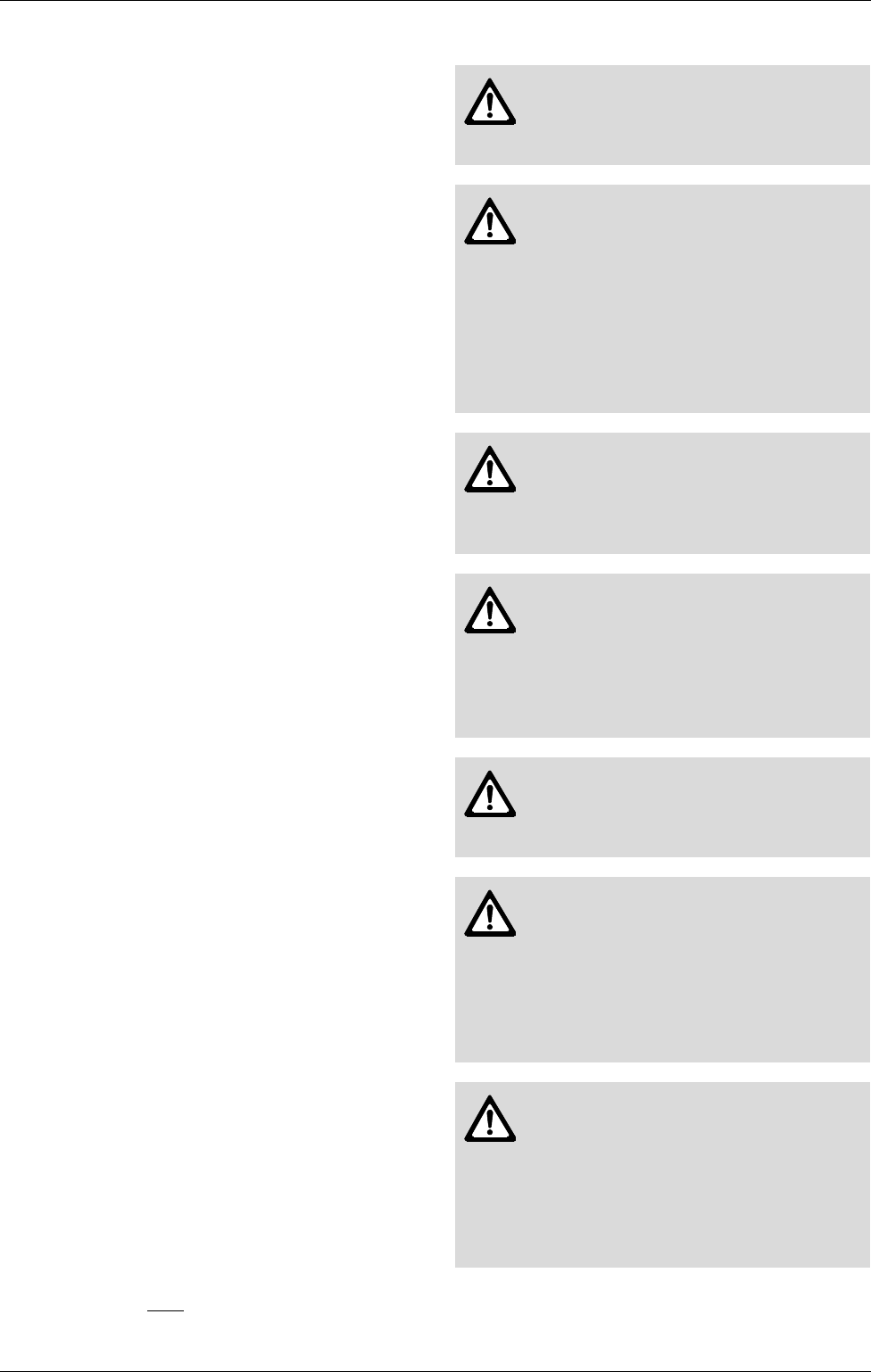
6 720 607 440
Appliance details
7
2.4 General rules to follow for safe
operation
B 1. You should follow these instructions when you
install your heater. In the United States: The
installation must conform with local codes or, in the
absence of local codes, the National Fuel Gas Code
ANSI Z223.1/NFPA 54.
In Canada: The Installation should conform with
CGA B149.(1,2) INSTALLATION CODES and /or
local installation codes.
B 2. Carefully plan where you install the heater. Proper
clearances must be followed.
B 3. The appliance must be isolated from the gas
supply piping system by closing its individual manual
gas shutoff valve (not supplied with heater) during
any pressure testing at pressures in excess of ½ Psig
(3.5 kPa).
The appliance and its gas connection must be leak
tested before placing the appliance in operation.
B 4. Keep water heater area clear and free from
combustibles and flammable liquids. Do not locate
the heater over any material which might burn.
B 5. Correct gas pressure is critical for the optimum
operation of this heater. Gas piping must be sized to
provide the required pressure at the maximum output
of the heater, while all the other gas appliances are in
operation. Check with your local gas supplier, and
see the section on connecting the gas supply.
B 6. Should overheating occur or the gas supply fail to
shut off, turn off the gas supply at the manual gas
shut off valve, on the gas line. Note: manual gas
shutoff valve is not supplied with the heater.
B 7. Do not use this appliance if any part has been
underwater. Immediately call a qualified service
technician to inspect the appliance and to replace
any part of the control system and any gas control
which has been underwater.
2.5 Proper location for installing your
heater
Carefully select the location of the water heater.
Follow the guidelines below:
B 1. Locate the heater where venting, gas and
plumbing connections are feasible and convenient.
B 2. The hot water lines should be kept short to save
energy. Centrally locating the water heater is best. It
is always best to have the water lines insulated to
prevent the possibility of any freeze damage.
B 3. The water in this heater is cold and always remains
cold except for the times that hot water is being used.
The heater is equipped with freeze prevention
equipment that will operate and prevent freezing of
the water in the heater to 5°F with no wind chill.
Electrical power must
be maintained to the heater to
allow this to function.
WARNING: Proper insulation of the
water lines below the heater is required
if below freezing temperatures, below
32°F, are ever anticipated!
Danger: If the temperature drops
below 5°F, freeze damage to the water
heater itself must be prevented by
turning off the power to the heater, then
disconnecting the plumbing conne-
ctions and introducing short bursts of
compressed air (20-40 psi) through the
heater's connections. This will remove
the residual water in the horizontal
pipes and water valve..
Danger: Keep children away as the top
of the water heater vent cap will get very
hot during operation. Install in a place
that prevents the top of the heater being
reached by small children.
Danger: Flue gases will be released
through the vent cap. Flue gas is very
hot and contains carbon monoxide. The
heater cannot be installed indoors. To
prevent risk of fire and poisoning by
carbon monoxide, assure all clearances
indicated in manual.
Danger: Surface temperature around
vent cap is less than 140°F, except
highest top surface of vent cap may
reach 400°F.
Danger: Do not place or store any
combustible material within 5 feet of the
appliance. Risk of fire could be caused
by hot flue gas. Note: Exception is
made for the wall where the appliance
is installed and any adjacent walls or
overhang. In this case observe
clearances required in chapter 2.6.
Warning: Flammable materials,
gasoline, pressurized containers, or any
other items or articles that are potential
fire hazards must NOT be placed on or
adjacent to the heater. The appliance
area must be kept free of all
combustible materials, gasoline and
other flammable vapors and liquids.


















